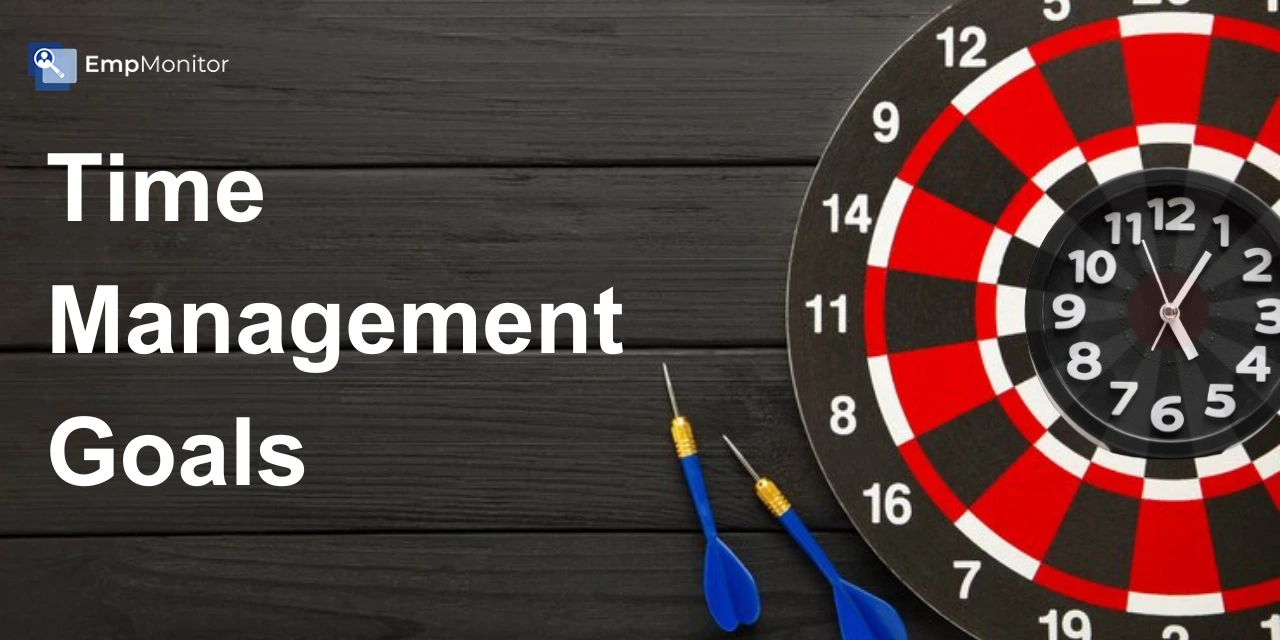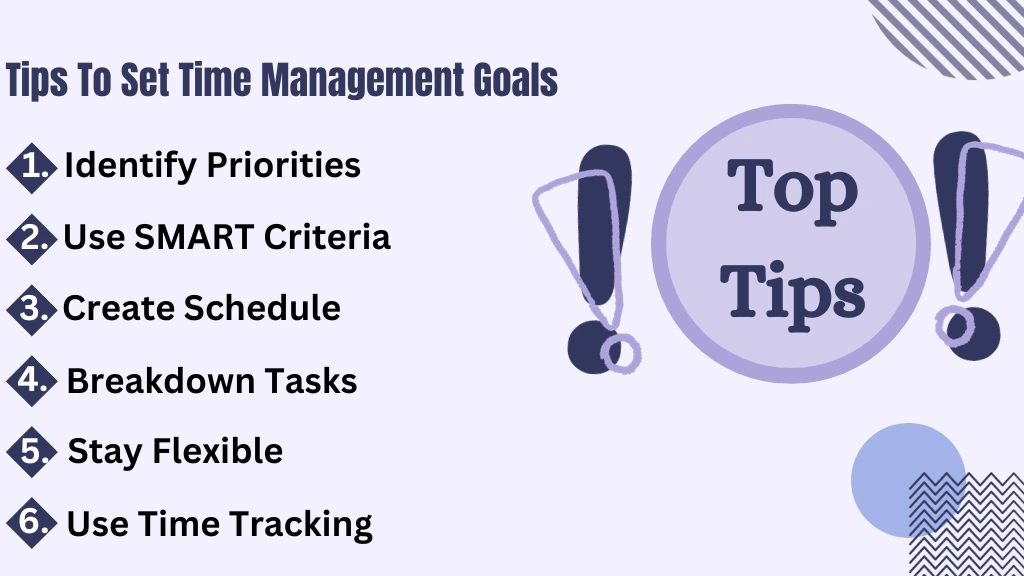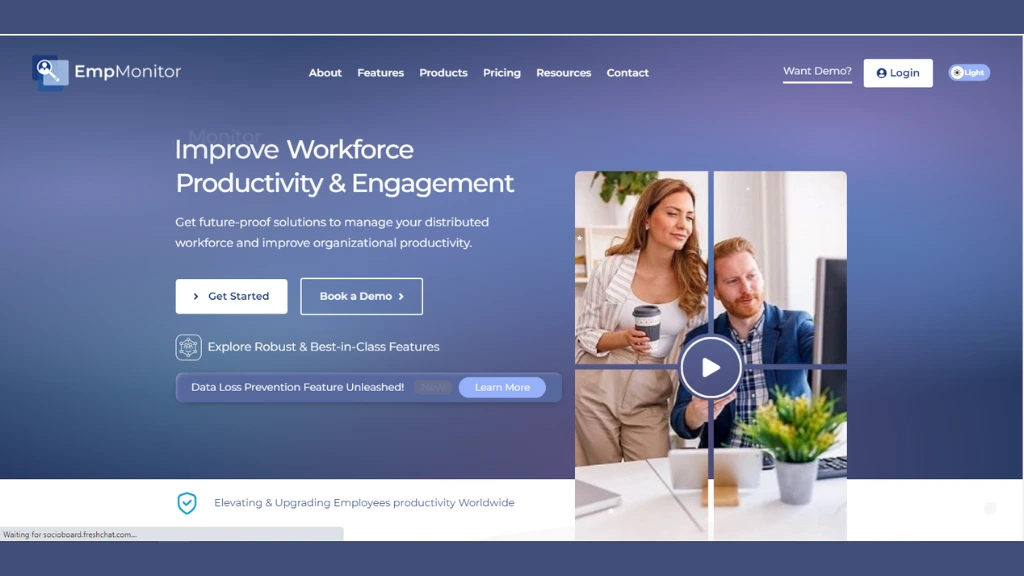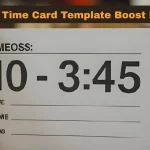Many individuals struggle with the complexities of time management and the formation of achievable time management goals. Here, proper time management goal examples can be your guide to success.
For managers, adept time management is particularly crucial, as they bear the responsibility not only for their own time but also for optimizing their team’s time. Acquiring proficiency in time management is an essential skill, although it is challenging to learn and master.
In this blog, you’ll discover the perks of having good time management goals and get some handy tips on how to set them for different tasks. You will know how to improve how you handle your time and achieve your goals more quickly!
So, let us dive into the complexities of time management goal examples and understand them.
What Is Time Management Goal?
A time management goal is a precise, measurable objective set by individuals or organizations to enhance efficient time use, boost productivity, prioritize tasks, and achieve work-life balance.
Proper usage of time management goal examples can benefit managers highly and enable them to set successful goals for their team. But is there a need for a time management goal? Let us understand that.
In a hurry? Listen to the blog instead!
Importance Of A Time Management Goal
The importance of a time management goal lies in its ability to provide individuals with a structured framework to optimize their use of time. Time management goal examples serve as guiding principles, helping individuals set clear objectives for their tasks and activities.
Time management goals aid in effective prioritization, resource allocation, and progress measurement, enhancing productivity and achieving desired outcomes in daily responsibilities.
The benefits of having time management goals are many. Some of them are:
Increased Productivity-
Setting time management goals can make you more productive and efficient. When you prioritize tasks, organize your schedule, create a plan and use time management techniques like eat the frog helps you accomplish more in less time. It boosts efficiency, gives you a sense of accomplishment, and reduces stress.
Stress Management-
Effective time management and goal setting also help manage stress. By meeting deadlines and completing tasks efficiently, you can stay calm and focused, even in high-pressure situations, reducing the risk of burnout.
Better Decision-Making Skills-
Knowing your priorities and goals enhances decision-making skills. When you can allocate your time and resources wisely, you make informed choices that align with your values and goals. Analyzing time management goal examples can assist in improving decision making skills.
Enhanced Flexibility-
Time management and goal setting offer greater flexibility. Planning ahead and prioritizing tasks allow you to adapt to changes without sacrificing productivity or quality of work.
Improved Work-life Balance-
Achieving a better work-life balance is possible with effective time management. Scheduling time for work, personal life, and leisure activities leads to a more fulfilling and balanced life.
Improvement In Personal And Professional Reputation-
Your personal and professional reputation can benefit from effective time management and goal setting. Completing tasks on time, delivering high-quality work, and consistently meeting deadlines build a reputation as a reliable and trustworthy individual.
Positive Impact On Physical And Mental Health-
Improved physical and mental health is another perk. Effective time management reduces stress, helps you stay focused and productive, and maintains a better work-life balance.
Time management goal examples can guide you in achieving these benefits in your daily life.
Now, the main question that arises is how to set these time management goals. So, let us know the way to manage time effectively.
How To Set Time Management Goals
Effective time management goals, known as SMART goals, need to be specific, measurable, achievable, relevant, and time-bound. These goals assist managers in concentrating their efforts and monitoring advancements toward precise time management objectives. These are the best time management techniques that assist in setting effective time management goals.
By establishing and striving for time management goals, managers can enhance their ability to prioritize tasks and concentrate on their key responsibilities.
Here’s a detailed guide on how to set time management goals:
- Identify Priorities:
Start by identifying your priorities, both short-term and long-term. Determine what tasks are crucial for your personal and professional success. You can also use tools like time management matrix.
- Create Specific Goals:
Formulate clear and specific time management goals. For instance, instead of a vague goal like “improve productivity,” specify “complete project tasks before the end of the week.”
- Use SMART Criteria:
Apply the SMART criteria (Specific, Measurable, Achievable, Relevant, Time-bound) to ensure your goals are well-defined and attainable. Utilizing this smart goal for time management technique enhances focus and progress tracking.
- Break Down Tasks:
Divide extensive tasks into smaller, more manageable elements. It makes the goals more achievable and helps avoid overwhelm.
- Prioritize Time Management Goal Examples:
Arrange your objectives by considering both their significance and necessity. Use time management goal examples to guide your decisions, such as allocating focused time for high-priority tasks. You can use the rapid planning method to improve productivity and focus more on time management.
- Create a Schedule:
Develop a daily or weekly schedule that aligns with your time management goals. Allocate specific time blocks for different activities, ensuring a balanced and efficient use of time.
- Review and Adjust:
Regularly review your goals and progress. Evaluate what is functioning effectively and identify areas requiring modifications. This ongoing process facilitates continuous enhancement.
- Seek Feedback:
Share your time management goals with colleagues or mentors. Seek feedback on your approach and consider incorporating valuable suggestions into your strategy.
- Stay Flexible:
Be open to adjustments. Both life and work are dynamic, and unexpected events may occur. Flexibility allows you to adapt while staying committed to your overall time management goals. Also, you can improve your flexibility by taking cues from time management goal examples.
- Use Time Tracking:
Time tracking is vital for time management goals, enabling precise monitoring of tasks. It provides insights into time allocation, identifies productivity patterns, and helps in optimizing schedules for improved efficiency. For this, you can use a time tracker software for employees. EmpMonitor is a valuable tool that you can use for accurate time tracking of employees.
Let us get some knowledge about this remarkable software called EmpMonitor.
EmpMonitor- The Best Time Tracking Software
EmpMonitor stands out as the best management software for employees, offering comprehensive solutions for efficient workforce management.
With robust features like real-time activity tracking, productivity analysis, and detailed reports, EmpMonitor empowers organizations to optimize productivity, ensure accountability, and enhance time management.
Its user-friendly interface and advanced capabilities make it an indispensable tool for businesses aiming to streamline operations and boost overall efficiency.
It not only is a time-tracking software but also the most preferred workforce and project management software. It is a dynamic tool that addresses all work-related problems and provides the perfect solution. EmpMonitor is therefore the best project management time tracking software.
Some of its impressive time-tracking features are:
Automatic Timesheets:
Streamline work with top time-tracking software. Auto-track the time when employees start computers for accurate insights.
Employee Access:
Foster accountability and transparency. Empower employees with detailed insights into daily activities, creating a transparent work environment.
Advanced Administrative Controls:
Gain complete control over its features. Set rules for diverse tracking capabilities, consolidating all data for holistic improvement.
Employee Productivity Tracking:
Reveal real-time productivity insights, ensuring thorough visibility into employees’ total work hours. Identify patterns, eliminate distractions, and enhance efficiency.
Intelligent Alert Feature:
Prevent unproductive or malicious activities during work hours. Set alerts for specific behaviors, receiving real-time notifications.
Active Hours Tracking Of Employees:
Enjoy transparency with more detailed information about employees. Specify the minimum duration employees should be actively engaged during their work hours and obtain up-to-the-minute insights into their working time.
Thus, when the worry about employee management and time tracking arises, EmpMonitor is the best solution for you. With this efficient time tracking software, you can work stress free and without worry.
Having learned about this wonderful software, let us now return to our blog and learn about some time management goal examples for managers.
Also Read:
Why Should Effective Time Management Be Used Routinely?
How To Improve Productivity And Efficiency With Time Management Software?
8 Tips To Get The Most Out Of Project Management Time Tracking Software
Time Management Goal Examples For Managers:
Managers often set time management goals to stay organized and productive. Here are some time management goal examples you can use:
Put major tasks first: Make a list each day or week and focus on the most crucial tasks to ensure you finish important work on time.
- Set specific deadlines:
Give tasks specific deadlines to stay on track and avoid delaying.
- Delegate wisely:
Identify tasks your team can handle, allowing you to focus on more strategic work.
- Keep meetings efficient:
Schedule and run meetings with clear agendas, sticking to the allotted time.
- Use time blocks:
Dedicate specific times to particular tasks, minimizing distractions.
- Group similar tasks:
Complete similar tasks together to save time switching between different activities.
- Follow the two-minute rule:
Do quick tasks immediately instead of letting them pile up.
- Take regular breaks:
Encourage breaks to stay focused and energized.
- Check how you spend time:
Regularly review your activities to find ways to be more efficient.
- Keep learning:
Spend time learning new time management techniques to improve productivity.
- Adjust your plan:
Regularly update your strategies based on what works best for you.
- Plan your week:
Create a detailed weekly plan to stay organized with tasks, meetings, and deadlines.
Conclusion:
In conclusion, embracing time management goal examples empowers individuals to strike a harmonious work-life balance. With the benefits outlined with practical tips and examples included, readers will gain valuable tools for improving efficiency and accomplishing their goals.
For a healthy work-life balance, you need to set time management goals. Through the establishment of goals and deadlines, effective time management enables individuals to meet their objectives.
This blog defines the significance of time management goals while exploring the diverse advantages that time management goal examples offer and supplies managers with a range of tips and examples applicable to both personal use and team management.












